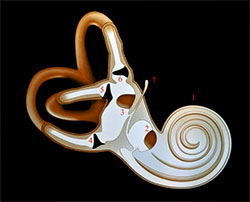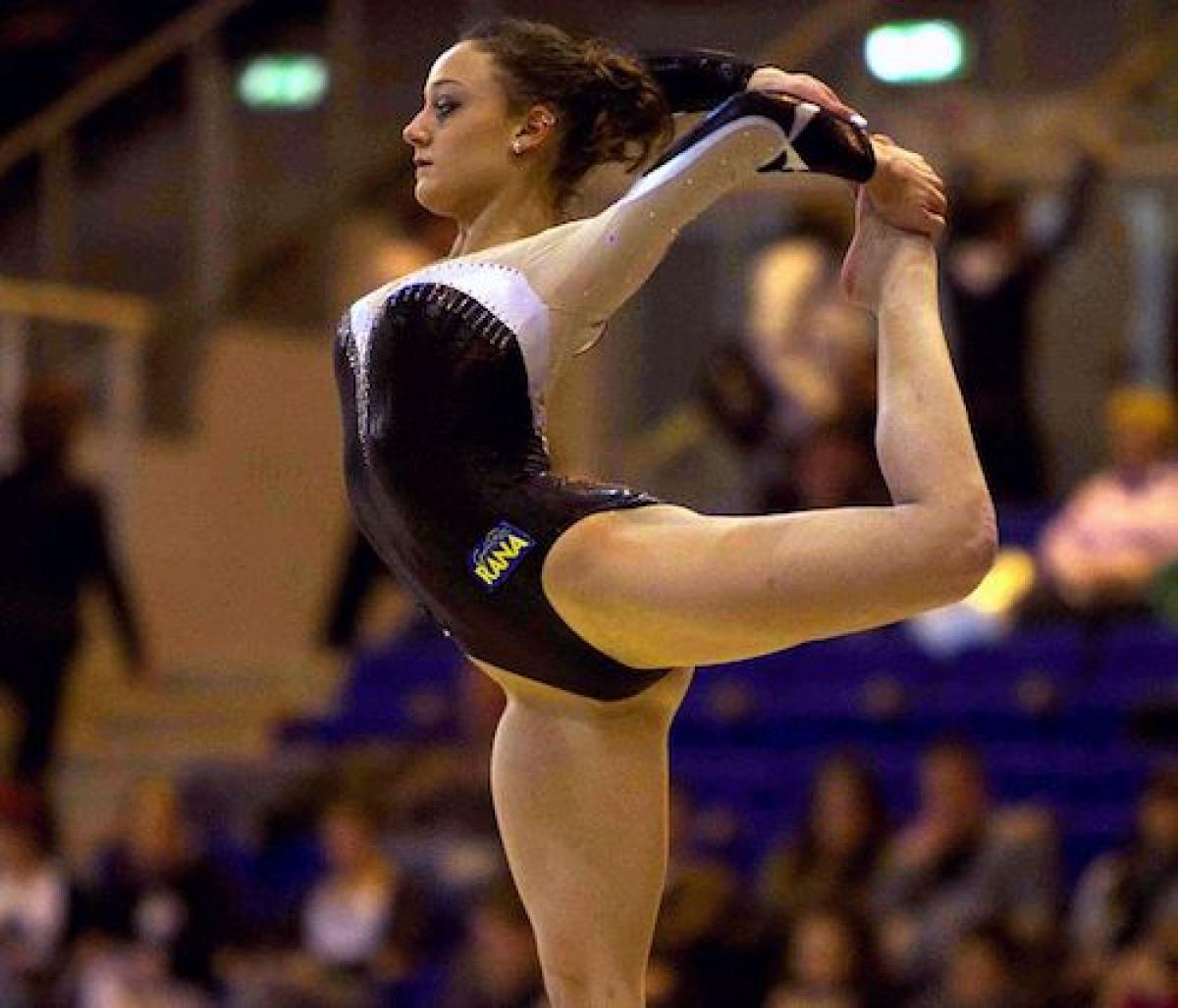
The roller coaster shimmies a bit as the gears take hold and slowly pull it up, up, up, and farther up. You are climbing steadily up to where you can see the entire park. Time seems to slow as you take a deep breath, knowing that in just a minute you will be almost free-falling down at crazy speeds. This is the part where you might close your eyes.
But even when your eyes are closed, you can usually tell if you are going up, going down, or if you are upside-down. Did you know that your ear helps you figure this out and keep your balance? The system that you hear with is connected to your balance system and they share a lot of features.
The Balancing Body
You have three parts to your inner ear that keep your balance. They are connected to your cochlea. The cochlea is part of the inner ear used to hear. It is filled with fluid, membranes, and cells. The balance system of your ear is connected to the cochlea, and uses the same fluid. Let's take a look at the main parts of your balance system in the inner ear.
Saccule and Utricle

The saccule and utricle are responsible for sending signals to the brain when you move up and down or forward and backward. Think again of the roller coaster. When the roller coaster starts, you are moving straight forward, quickly. The fluid inside your utricle pushes on the hair cells, which tell your brain that you are moving forward. When you drop down a steep hill on the roller coaster, the fluid in your saccule moves. The fluid pushes on the hair cells in the saccule, which tell your brain that you are moving down.
Even when your eyes are closed on the roller coaster, the fluid moving in this part of your ear tells your brain which way you are going. When you go upside-down, the fluid in your utricle and saccule moves a different way too.
Semicircular Canals
The semicircular canals are three round canals that contain fluid. These are all in a special position so that no matter which way your head moves, some of the fluid in the canals move. Imagine you don't want to go on the roller coaster and you shake your head “no” when you get in line. This moves the fluid in your semicircular canals. When this fluid moves, it signals to your brain that your head is moving. If your friend nods her head “yes”, to encourage you to join her, the fluid in her semicircular canals moves a different way. Her brain knows that she is nodding.
Additional images via Wikimedia Commons. Elisabetta Preziosa by Nicolò Riccardo.
Read more about: How Do We Hear?
Bibliographic details:
- Article: Finding Your Balance
- Author(s): Dr. Biology
- Publisher: Arizona State University School of Life Sciences Ask A Biologist
- Site name: ASU - Ask A Biologist
- Date published: 2 Feb, 2016
- Date accessed:
- Link: https://askabiologist.asu.edu/finding-your-balance
APA Style
Dr. Biology. (Tue, 02/02/2016 - 14:34). Finding Your Balance. ASU - Ask A Biologist. Retrieved from https://askabiologist.asu.edu/finding-your-balance
Chicago Manual of Style
Dr. Biology. "Finding Your Balance". ASU - Ask A Biologist. 02 Feb 2016. https://askabiologist.asu.edu/finding-your-balance
Dr. Biology. "Finding Your Balance". ASU - Ask A Biologist. 02 Feb 2016. ASU - Ask A Biologist, Web. https://askabiologist.asu.edu/finding-your-balance
MLA 2017 Style

Many people have great balance, like Italian gymnast Elisabetta Preziosa. How do our bodies help us balance?
Be Part of
Ask A Biologist
By volunteering, or simply sending us feedback on the site. Scientists, teachers, writers, illustrators, and translators are all important to the program. If you are interested in helping with the website we have a Volunteers page to get the process started.

